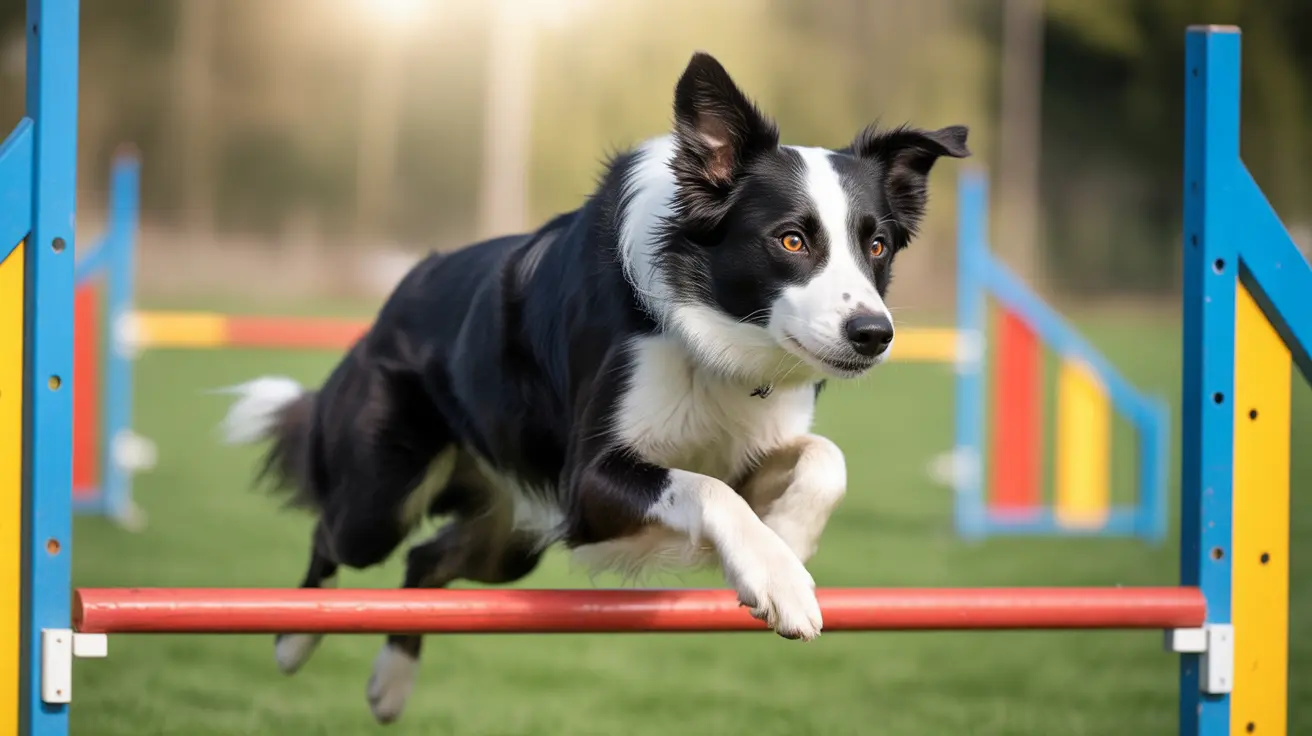Understanding Dogs' Comfort in the Dark at Night
Many pet owners wonder: Are dogs okay in the dark at night? The short answer is yes—most dogs are perfectly fine in darkness due to their adapted senses. However, just like people, individual differences exist based on experience, health, and temperament. Below, we explore the science behind canine night vision, reasons dogs may fear the dark, signs to look out for, and effective ways to help them feel safe at night.
How Well Do Dogs See in the Dark?
Dogs have significantly better night vision than humans. This is largely due to:
- Tapetum lucidum—a reflective layer behind the retina that improves low-light visibility.
- More rod cells in the retina than humans, allowing greater sensitivity to dim light.
Still, dogs cannot see in total darkness. Low-light conditions are manageable, but pitch-black environments can be disorienting.
Why Some Dogs Are Afraid of the Dark
While it's not common, some dogs can develop fear or anxiety related to darkness. Common causes include:
- Past negative experiences: Traumas tied to darkness can leave lasting fear.
- Separation anxiety: Dogs often feel more alone when the house goes dark and silent.
- Age-related issues: Vision decline or cognitive confusion can create stress in dim environments.
- Increased sensitivity to sound: At night, quietness makes sudden or distant noises seem more intense.
- Lack of familiarity: Puppies or adopted dogs may not have adapted to dark spaces yet.
- Environmental changes: New homes, routines, or family dynamics can heighten nighttime anxiety.
- Trauma: Abusive pasts often include confinement in dark areas, forming negative associations.
- Breed or personality: Naturally cautious or anxious dogs are more prone to fear feelings in the dark.
Signs Your Dog Is Afraid of the Dark
Look for these signs if you suspect your dog is uncomfortable in the dark:
- Refusing to enter dark rooms
- Barking, whining, or pacing at night
- Clinging to people after sundown
- Seeking out lighted areas to rest
- Destructive behavior when left in darkness
- Attempts to escape or hide in better-lit spots
Ways to Help Dogs Who Fear the Dark
Thankfully, pet parents can do a lot to ease their dogs’ nighttime stress:
- Nightlights or dim lamps: Provide enough light to comfort without disrupting sleep rhythms.
- Create a safe haven: Use a crate, cozy bed, or familiar blanket with your scent.
- Positive reinforcement training: Gradually acclimate the dog to dark environments using treats and short sessions.
- Establish a soothing night routine: Gentle play, cuddles, and quiet time signal safety and structure.
- Eliminate frightening noises: Identify creaks or distracting sounds and reduce them if possible.
- Use calming aids: Pheromone diffusers, soft wraps, or vet-approved supplements can reduce anxiety.
- Professional support: Trainers or behaviorists can guide dogs through fear using reward-based techniques.
- Rule out medical causes: Health issues like vision deterioration or cognitive decline should be addressed by a vet.
- Don't punish or force: Always opt for calm redirection instead of scolding when fear responses arise.
- Maintain proximity at bedtime: Letting the dog sleep near their owners may ease separation-driven fear.
Conclusion: Nighttime Comfort Matters
Most dogs are equipped to handle nighttime and darkness well. However, those with health problems, recent negative experiences, or anxiety may need extra care. Pet owners should assess their dog’s behavior and environment to determine the root cause of nighttime distress. With understanding, gentle training, and a few comforting adjustments, anxious dogs can learn to feel secure—no matter how dark it gets.





